Pitt researchers develop artificial touch sensations for people with spinal cord injuries
Published in Science & Technology News
PITTSBURGH — As Robert Gaunt, a professor at the University of Pittsburgh, puts it, the sensation of touch doesn't actually come from the fingers. It comes from electrical impulses sent to the brain.
In research published Thursday in the journal Nature Communications, Pitt researchers attempted to use brain stimulation to recreate touch sensations in people with spinal cord injuries who had lost the ability to feel with their hands.
"For a long time, we've been really interested in trying to find ways to restore the ability of people who have spinal cord injuries to reach out and interact with the world with their arms," said Gaunt, an associate professor of physical medicine and rehabilitation at Pitt and senior author on the study.
The research was novel in that it allowed three subjects with quadriplegia to determine for themselves which stimulation signals to their brains mimicked the touch sensations from various objects.
"I wanted to put the person in control of their own sensation," said lead author Ceci Verbaarschot, who was a postdoctoral fellow at Pitt during the study and is now an assistant professor at University of Texas-Southwestern. "Developing a sense of touch is quite personal."
The subjects had devices implanted into their brains that sent electrical pulses to stimulate different areas in the motor cortex and somatosensory cortex. Researchers digitally displayed photos of five different objects — a furry cat, a door key, an apple, a piece of toast and a towel — and the subjects would look at each item and move cursors around on a screen to control the stimulation in their brains.
"They started saying very vivid things about the objects," said Gaunt. "'This felt like a warm object, the cat was purring.'"
Once the subjects determined how to create touch sensations while looking at photos of various objects, researchers tested them on which sensation was which without looking at pictures. They were able to correctly identify the sensation 35% of the time.
"It was way better than chance but clearly there's a lot of room for improvement," said Gaunt.
Researchers were heartened to see that when the subjects chose the wrong objects, they usually had similarities in terms of the sensation. "They were way more likely to confuse a towel with a cat and an apple with a key than to confuse soft objects with hard objects," he said. "This makes us think that, while we have a long way to go, this artificial sensation that we have in the brain can do a good job of conveying certain qualities of objects."
Touch is an important component of artificial prosthetics both because it is important psychologically for someone with paralysis to be able to feel, but also because it helps improve the performance of robotic or prosthetic arms and legs. It is much easier to place and turn a key if you can feel the key, for example, and easier to navigate walking on grass or sand if you can feel the texture.
Gaunt would like to eventually expand this research to include more sensations, such as rough versus smooth objects, with an end goal of eventually building a library of artificial sensations for different objects. The research is just beginning, he said, and needs to involve much more understanding of the basic science of how touch is processed in the brain.
Researchers on the study also included Vahagn Karapetyan and Michael Boninger at Pitt, as well as researchers at the University of Chicago and Maastricht University in the Netherlands.
Eventually, people could experience the artificial touch sensation through a prosthetic or robotic limb or through a soft robotic glove placed over the hand. While there have been previous attempts to simulate touch using able-bodied researchers defining tactile qualities, it is an important advance in methodology to involve quadriplegic subjects, said Verbaarschot.
"It's important not to forget that there is a person in this loop that you are trying to create sensations for," she said. "Sometimes it's easy to get lost in the science, but you are creating conscious experiences."
©2025 PG Publishing Co. Visit at post-gazette.com. Distributed by Tribune Content Agency, LLC.
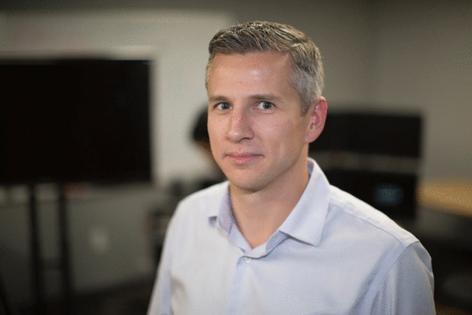

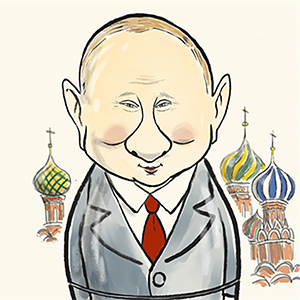
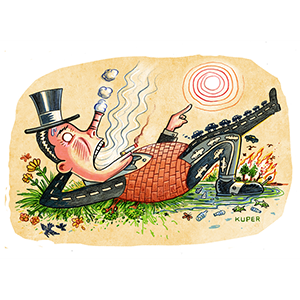
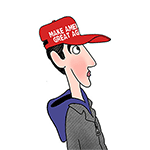
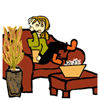

Comments